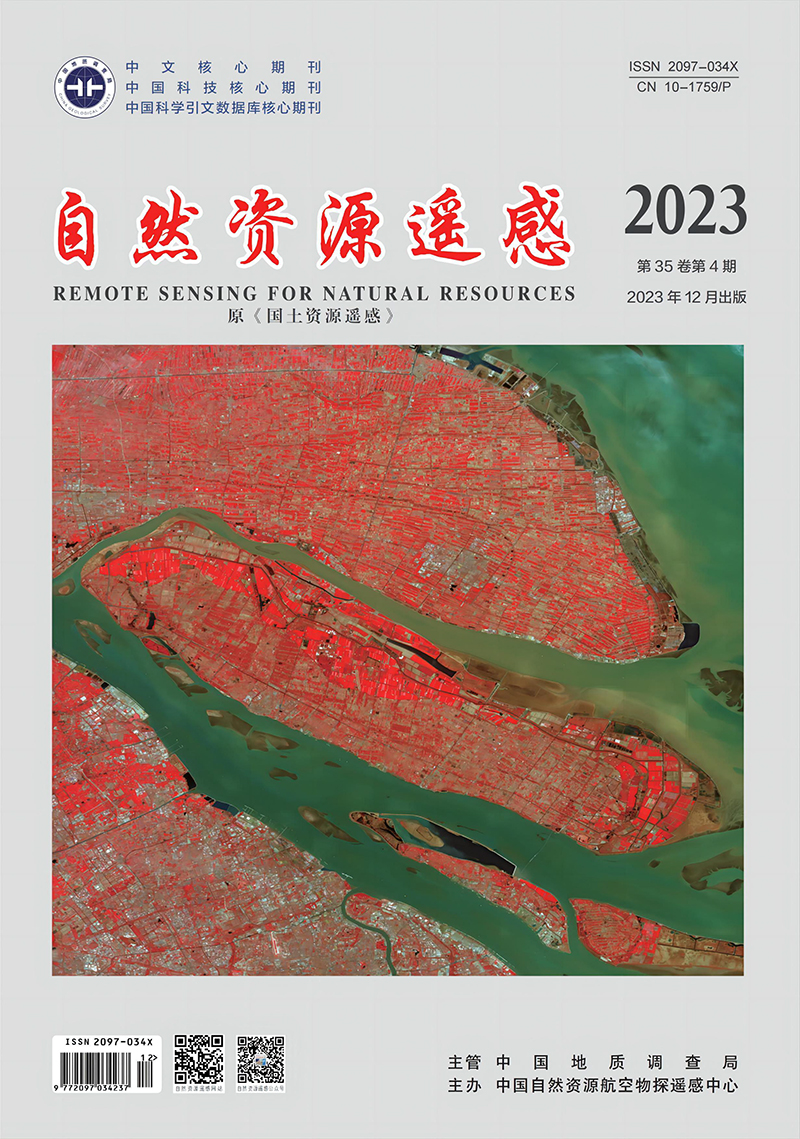ZHANG Yuantao, PAN Wei, YU Changfa. 2023. Application of GF-5 hyperspectral data in uranium deposit exploration. Remote Sensing for Natural Resources, 35(4): 61-70. doi: 10.6046/zrzyyg.2022250
| Citation: |
ZHANG Yuantao, PAN Wei, YU Changfa. 2023. Application of GF-5 hyperspectral data in uranium deposit exploration. Remote Sensing for Natural Resources, 35(4): 61-70. doi: 10.6046/zrzyyg.2022250
|
Application of GF-5 hyperspectral data in uranium deposit exploration
-
1. National Key Laboratory of Remote Sensing Information and Image Analysis Technology, Beijing Research Institute of Uranium Geology, Beijing 100029, China
-
;2. No.280 Institute of Nuclear Industry, Deyang 618300, China
-
Abstract
However, since GF-5 launch in 2018, few studies regarding the application of GF-5 AHSI data for uranium deposit exploration have been reported. In this study, with the Weijing area of Inner Mongolia as the study area, the spectral hourglass technology was applied to extract alteration anomalies of goethite and low-, medium-, and high-aluminum sericite from corresponding GF-5 AHSI data. Then, the principal component analysis (PCA) and the LINE module in PCI Geomatica software were employed for the automatic extraction of linear structures in the study area, with a linear structure density map created. Finally, a uranium mineralization potential map of the study area was generated by integrating all proof layers based on the ArcGIS software. The results indicate that the extraction of alteration information and linear structures, and the integration of multiple proof layers are feasible, and the obtained uranium mineralization potential map exhibits high reliability. One uranium deposit prediction zone was identified based on the study results and geological data. The study results will guide the subsequent uranium deposit exploration in the study area while providing a reference for the geological application of GF-5 AHSI data.
-

-
-
Access History







 DownLoad:
DownLoad: